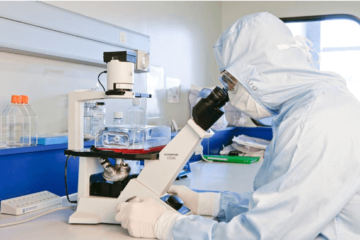Durchbrüche bei der Behandlung von Herzinsuffizienz mit Herzstammzellen
**Auszug:**
Jüngste Fortschritte in der Herzstammzelltherapie bieten vielversprechende Durchbrüche bei der Behandlung von Herzinsuffizienz. Dieser innovative Ansatz nutzt das regenerative Potenzial von Stammzellen, um geschädigtes Herzgewebe wiederherzustellen, möglicherweise die Herzfunktion und die Patientenergebnisse verbessern.













